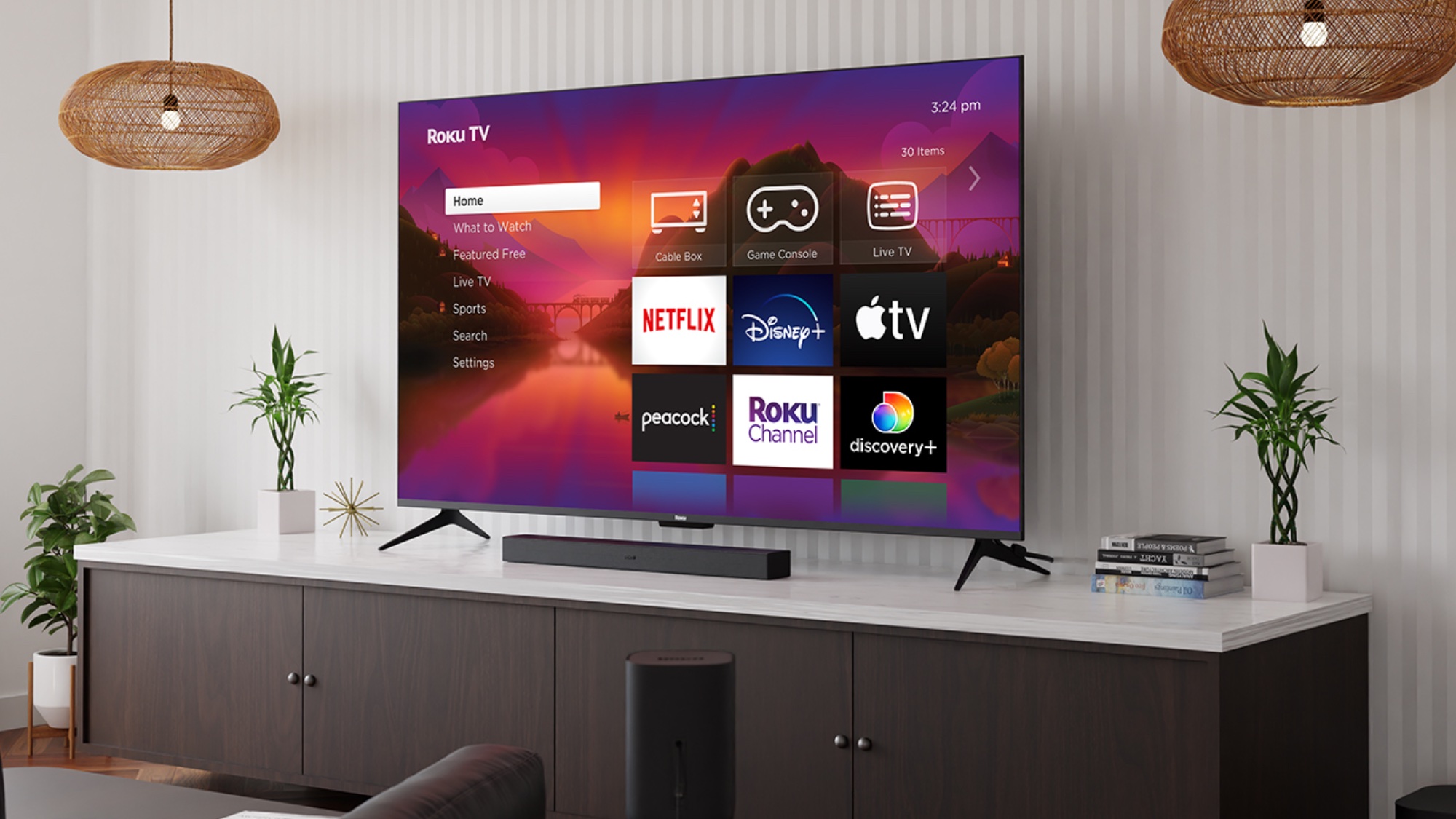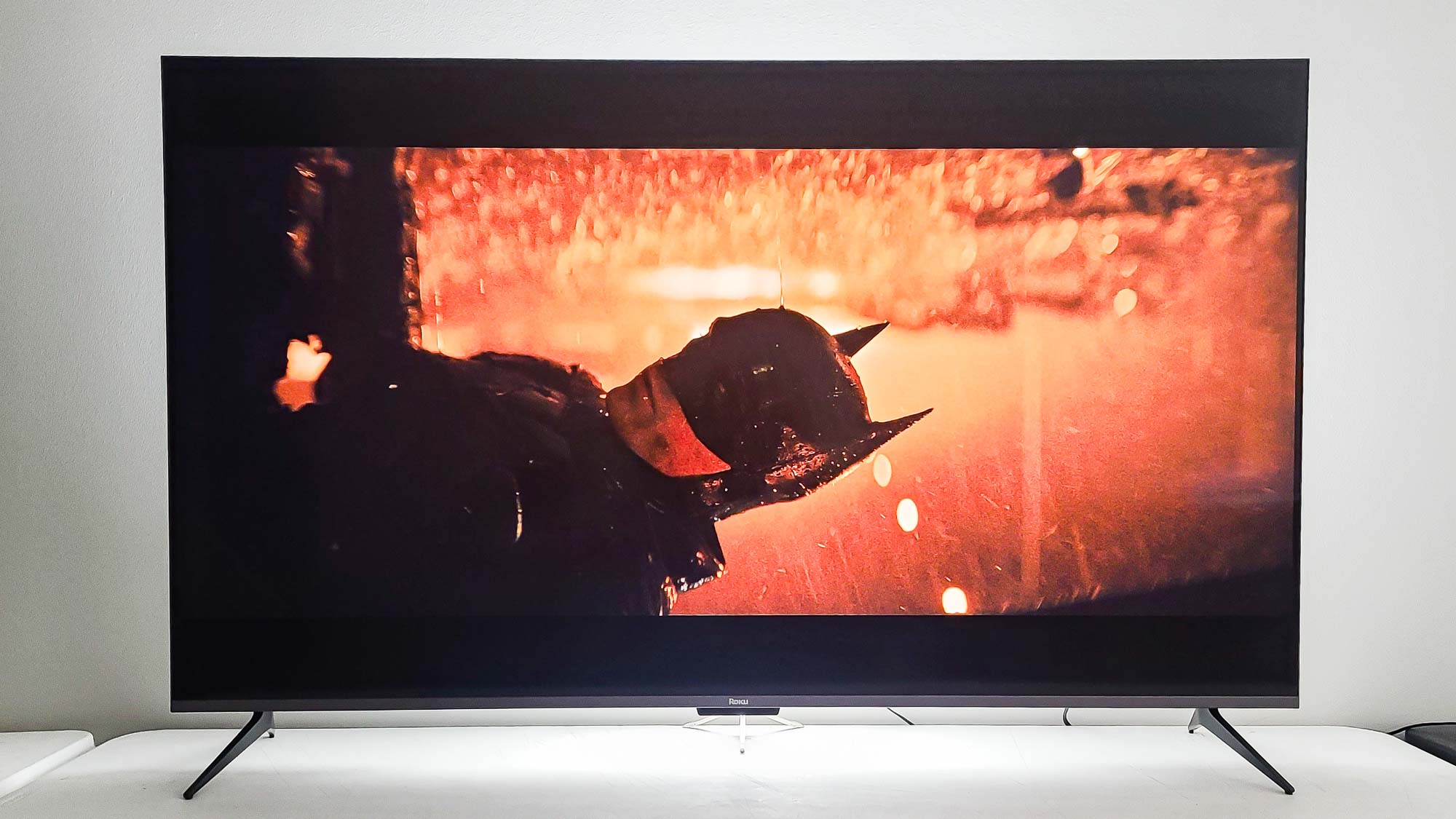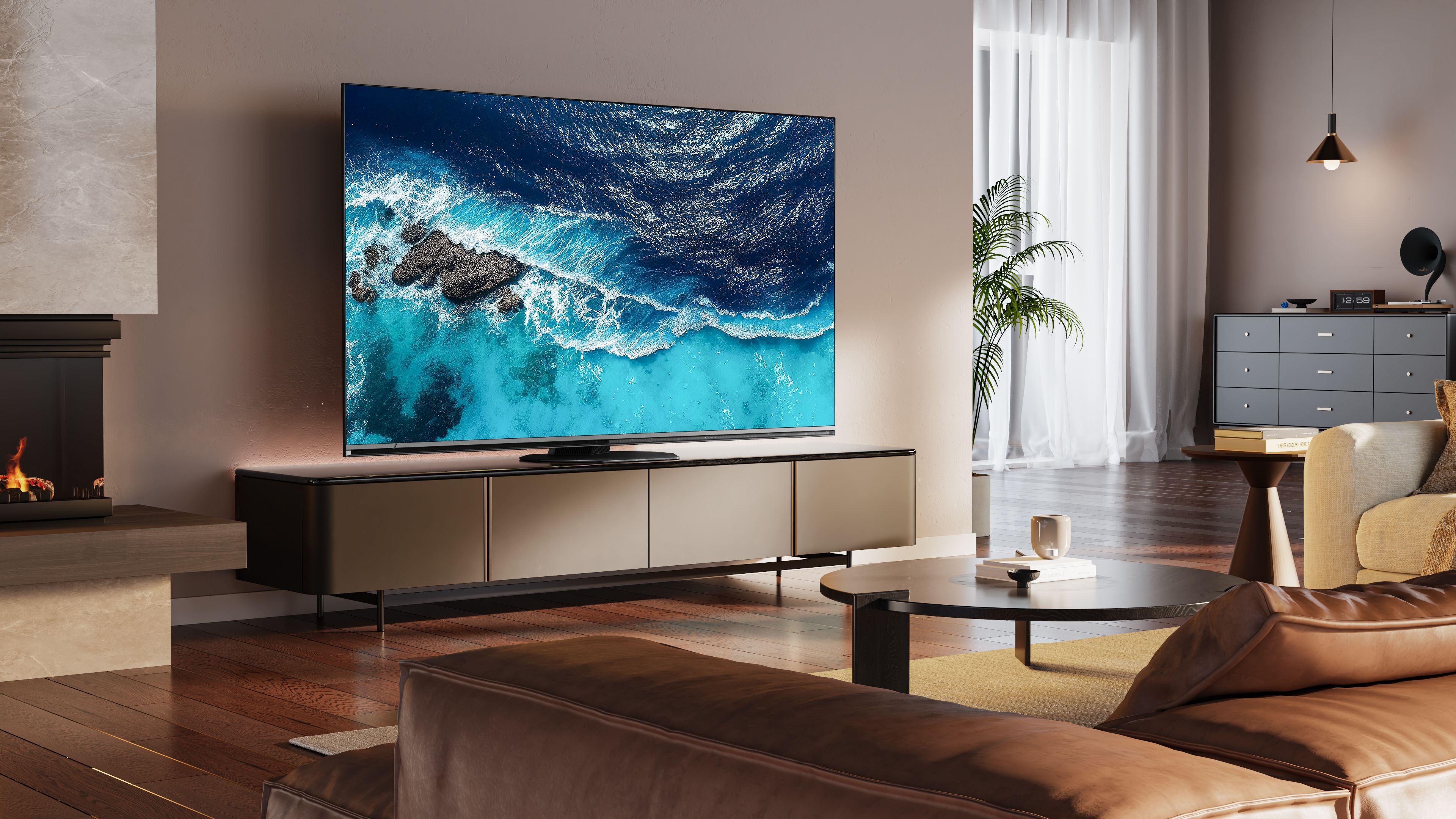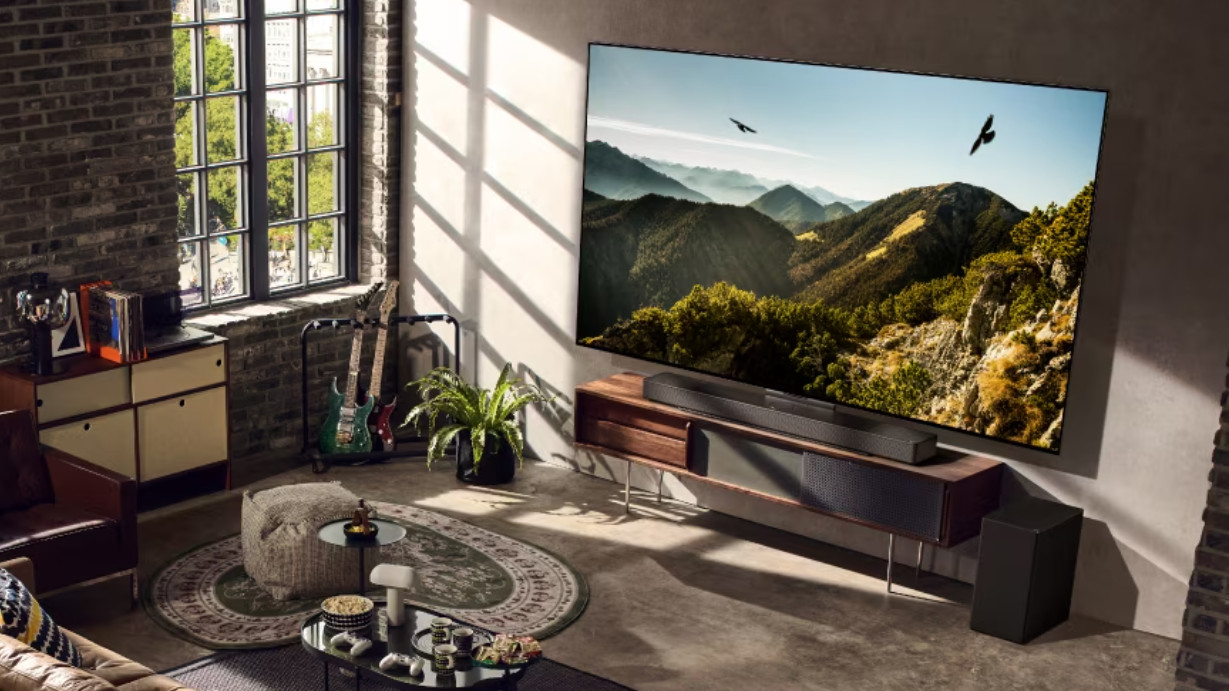
Buying a new TV is a big decision. Most of the time, the best TV is more expensive than a new laptop or a phone, and it’s something that you’re going to keep around for the next 10 years. But how much should you actually spend when purchasing a new TV?
The vast majority of TV sales are for screens that cost under $1,000. It’s a competitive segment of the market and, as Paul Gagnon, the director of TV Sets Research for IHS Markit told us a few years ago, most TVs in the U.S. sell for around $400 to $500.
That number will probably be the sweet spot for most — however, there’s good reason for home theater enthusiasts, gamers and music lovers to pay a bit more. Not only do you get more screen real estate for a few hundred extra bucks, but you can also start tapping into higher-end features like Mini-LED or OLED backlighting that offer better contrast and color saturation.
Not sure how much to spend? Here’s generally what you can expect to get for $500, $1,000 and $1,500. And be sure to check out our best budget TV buying guide.
What kind of a TV do you get for $500?

For most folks, right around $500 is going to be the sweet spot where you can get a decent upgrade on your old TV that might not have all the latest and greatest picture technology, but looks good enough that friends and family won’t complain.
At $500, you should be able to buy a solid 55-inch or 65-inch TV with a 4K resolution, Dolby Vision HDR support and a good smart platform. You’ll have enough HDMI ports to connect your consoles — though, unfortunately, they’ll only play games at 4K/60.
The downsides to a $500 TV is that, in most cases, it’s an LED-LCD TV with local dimming. There’s one OLED TV that’s close to $500 (it’s the $599 LG A2 OLED) and a Mini-LED TV (the Hisense U6K) that offer improved backlight performance, but otherwise most screens are going to use older, dimmer and grayer display technology.
Sign up to get the BEST of Tom's Guide direct to your inbox.
Get instant access to breaking news, the hottest reviews, great deals and helpful tips.
The pinnacle of sub-$500 TVs is the Roku Plus Series QLED TV — it doesn't offer Mini-LED backlighting or an OLED panel, but it performed great in our lab tests. It hit a higher peak brightness than both the Hisense U6K and LG A2 OLED, while keeping color vibrancy high and latency low. It's going to impress your friends without wrecking your budget.
What kind of a TV do you get for $1,000?

For $1,000 you’re going to get either a fantastic 65-inch TV or a good value 75-inch TV — it’s hard to have both a large screen size and top-of-the-line performance at this price point, but you’re definitely going to get one or the other.
At $1,000 you’ll also start seeing 120Hz TVs (important for gamers and sports lovers) as well as massive improvements in brightness and color saturation. Our go-to recommendation, the Hisense U8K, can hit a peak brightness of over 2,000 nits in a 25% window in HDR mode — that’s twice the brightness level recommended by the HDR Alliance. The U8K also delivers close to 100% of both the UHDA-P3 and Rec709 color gamut and a ground-breaking 80% of the Rec2020 color standard. In short, $1,000 TVs deliver color and brightness in spades.
If you want to go for a larger screen size, the Hisense U7K offers a 75-inch Mini-LED screen for just under a grand, while the 75-inch TCL Q7 can be found for $998. The latter lacks the Mini-LED backlight, but it makes up for it with its accurate wide color gamut; it covers 99% of the Rec709 color spectrum and has a Delta-E value of just 1.6547 compared to the 5.2667 (lower is better when it comes to color accuracy).
Right now the Hisense U8K is the torchbearer for the mid-range market, but keep an eye out for the Hisense U8N (pictured above) and TCL QM8 (2024) that will offer even higher levels of brightness and more dimming zones when they arrive later in the year for right around $1,000.
What kind of a TV do you get for $1,500?

If you drop $1,500 on a TV, you're probably buying an OLED TV like the LG C3 OLED or a cutting-edge QLED with Mini-LED backlighting like the Samsung QN90C. You could be opting for an 85-inch version of one of those $1,000 TVs mentioned above, or a 75-inch TV that looks great and offers a lot of screen real estate like the Sony Bravia XR X90L. There's a lot of scenarios here, so let's break them down.
If you want peak performance and you don't mind a 55-inch screen size, $1,500 buys you some of the best TVs on the planet, the Samsung S90C OLED or the Sony A80L OLED. The former combines a quantum dot filter with an OLED backlight for the best of both worlds: Not only does it have exceptional contrast and black levels, but it reaches the brightness levels of a high-end LED-LCD TV. The Sony A80L is just an OLED, but it comes with Sony's suite of expert picture enhancing technologies.
If 55 inches just isn't going to cut it for you, you could also spend $1,500 on a high-end 65-inch TV like the Samsung QN90C or LG C3 OLED. These two TVs aren't quite as good as the Samsung S90C or Sony A80L OLED, but they still hold top spots on our list of the best TVs and best OLED TVs, respectively.
If you want to go even bigger than 65 inches, $1,500 can also get you really solid 75-inch and 85-inch models. A great case-in-point is the 75-inch Sony X90L, available at both Best Buy and Amazon , or the 85-inch Hisense U7K from earlier for $1,599.
You can always spend more than $1,500 for both an 85-inch screen size and great picture performance — the 83-inch LG C3 OLED is only $3,799, after all — but we figure that most folks probably won't shell out for that sort of opulence unless they own, say, a private screening room or dedicated home theater.
Looking for more recommendations? Check out our guides to both the best TVs under $500 and the best TVs under $1,000 for great value options.
More from Tom's Guide

Nick Pino heads up the TV and AV verticals at Tom's Guide and covers everything from OLED TVs to the latest wireless headphones. He was formerly the Senior Editor, TV and AV at TechRadar (Tom's Guide's sister site) and has previously written for GamesRadar, Official Xbox Magazine, PC Gamer and other outlets over the last decade. Not sure which TV you should buy? Drop him an email or tweet him on Twitter and he can help you out.
-
Joe'sTVRepair The current generation of TVs isn't designed to last for "the next ten years" as this article states. For the last four years the lifespan of a new TV has been getting shorter and shorter. The current models only last 14 to 24 months on average. In fact I see more newer TVs of that age come in for repair as compared to TVs that are older than five years.Reply
Every manufacturer of TVs have their own issues as to why they are failing. Some has poor screen technology, others have high failure of processors, some have power supply failures, and others have combinations of all. But the current (last couple years) of TVs are the worst designed and manufactured televisions ever sold.
I don't want to bash one particular brand of TV because quite honestly none of them are much better than the next. The low level cheap TVs live up to the fact that you get what you pay for but I also see many TVs in the $1000 to $1800 range that are breaking just as quickly.
40 years of doing TV Repair and the newest version are without a doubt the worst our market has ever seen.
